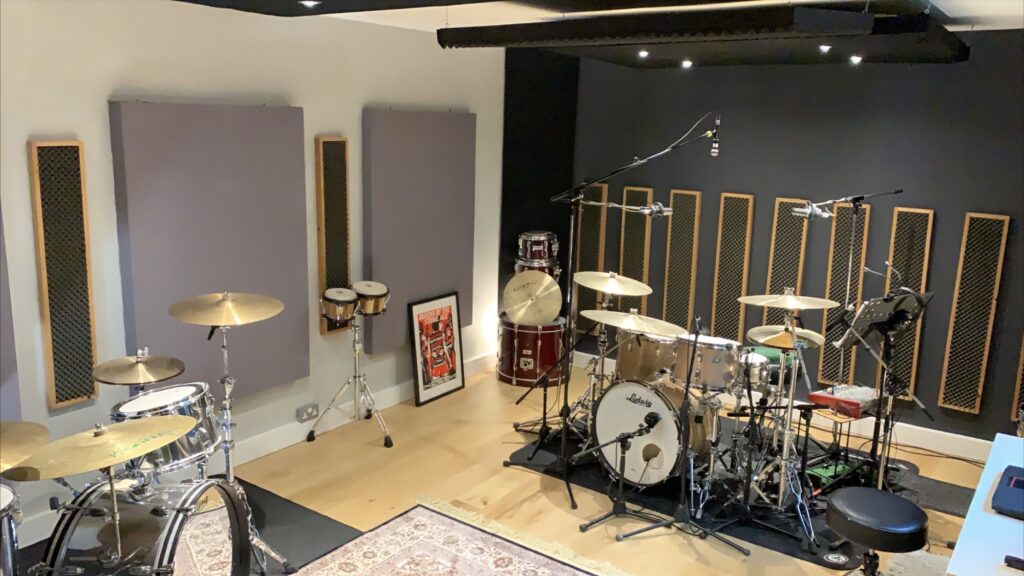In open-plan homes, the kitchen often serves as a central hub where various activities contribute to noise levels that can disrupt the overall living experience. Addressing these sources of noise is essential to maintain a tranquil environment throughout the home.
Understanding the Noise Challenges
The kitchen in an open-plan setting faces several noise challenges. Appliances like refrigerators, dishwashers, and blenders generate steady background noise. Cooking activities, including the clattering of pots and pans, also contribute significantly. Additionally, foot traffic through the kitchen area can create additional noise, impacting adjacent living and dining spaces.
Soundproofing Solutions

Use of Sound-Absorbing Materials
To mitigate noise within the kitchen, start by incorporating sound-absorbing materials strategically. Acoustic panels can be installed on walls and ceilings to reduce reverberations and echo within the kitchen area. These panels absorb sound waves, preventing them from bouncing around and amplifying noise levels. Additionally, placing rugs or carpets on the kitchen floor can absorb footsteps and the movement of chairs, effectively reducing impact noise.
Installation of Soundproof Appliances
Choosing kitchen appliances designed with noise reduction features can significantly contribute to a quieter kitchen environment. Opt for dishwashers, refrigerators, and other appliances that operate at lower decibel levels. Additionally, placing vibration pads under appliances can help minimize vibrations that can amplify noise, especially from larger appliances like refrigerators and dishwashers.
Enhancements to Cabinetry
Modifying cabinetry can also help reduce noise within the kitchen. Soft-close hinges prevent cabinet doors from slamming shut, thereby minimizing sudden loud noises. Additionally, lining the interior of cabinets with soundproofing materials can dampen noise generated from the storage and movement of kitchenware and utensils.
Improvements in Door and Window Insulation
Effective sealing and insulation of doors and windows are crucial to minimizing noise infiltration from outside and within the home. Install weatherstripping around doors and windows to seal gaps and prevent noise leakage. Consider upgrading to double-glazed windows, which provide better sound insulation compared to single-pane windows, effectively reducing noise from external sources.
Strategic Design Considerations
Integrating certain design elements can help mitigate noise propagation throughout the kitchen area. Open shelving, for example, can replace solid cabinetry to reduce sound reflection and absorption. Textured materials on walls and ceilings can scatter sound waves, lowering overall noise levels within the kitchen space.
Integration of Greenery
Incorporating indoor plants into the kitchen can serve as natural sound absorbers while enhancing the aesthetic appeal of the space. Plants absorb sound waves and reduce reverberation, helping to create a quieter and more pleasant atmosphere within the kitchen area.
Benefits of a Soundproofed Kitchen
Implementing soundproof a kitchen for Open-Plan homes offers several benefits to homeowners:
- Enhanced Privacy: Minimize noise transfer to other areas of the home, ensuring privacy and comfort for residents.
- Improved Concentration: Create a quieter environment conducive to focused activities such as work or study, especially in open-plan living spaces.
- Relaxed Atmosphere: Foster a peaceful ambiance for cooking, dining, and socializing without distractions from kitchen noise, enhancing overall quality of life.
Contact Waseem Technical Soundproofing Expert in Dubai For Soundproofing: +971 50 209 7517
Conclusion
Soundproof a Kitchen for Open-Plan Homes is essential for maintaining a harmonious living environment. By implementing these soundproofing solutions, you can effectively manage noise levels and enjoy the benefits of an open design layout without compromising on comfort and tranquility throughout your home.




